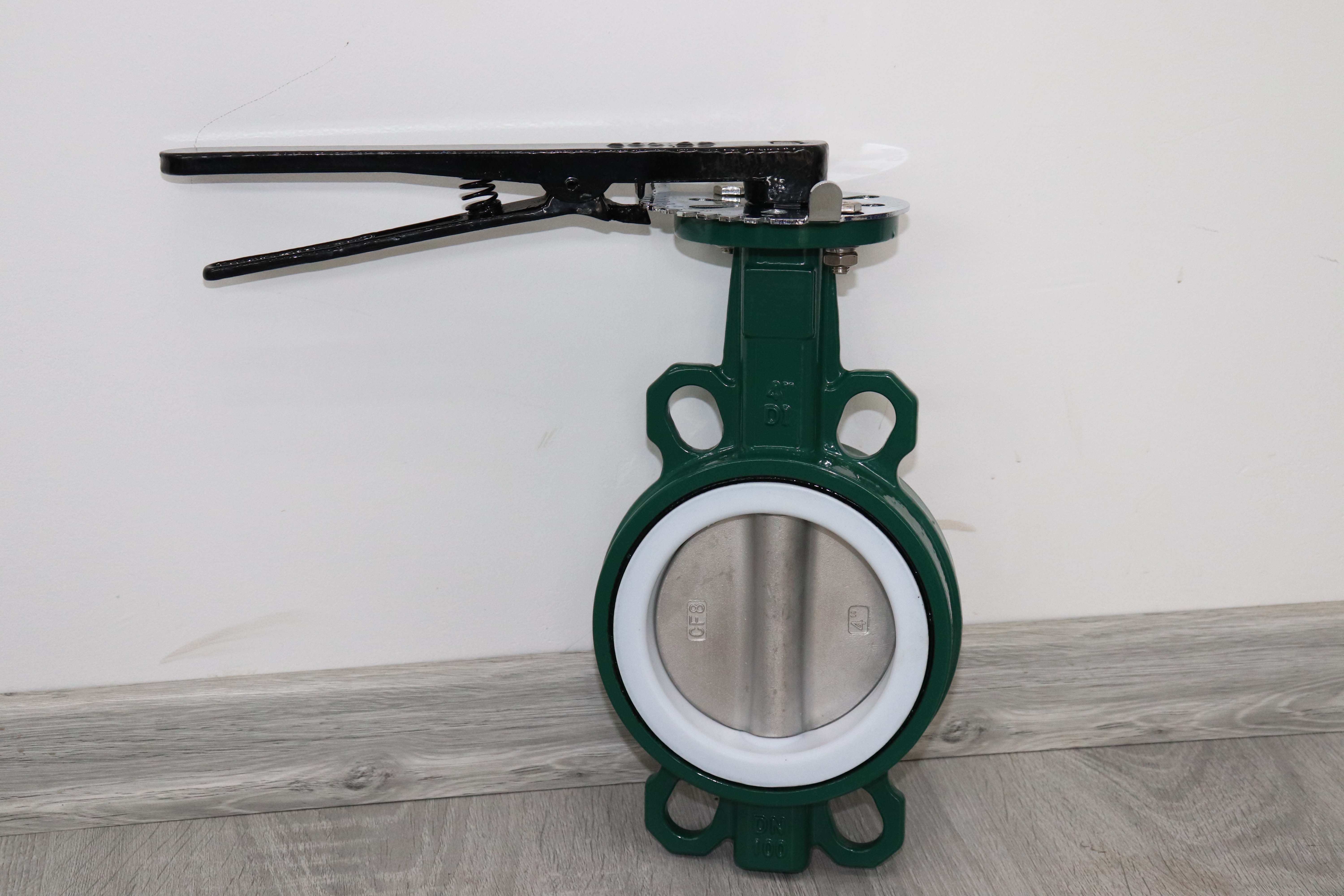Vertical Check Valves Manufacturing Process and Quality Assurance in Industrial Applications
Understanding Vertical Check Valves A Focus on Factories and Manufacturing
Vertical check valves are essential components in various industrial applications, providing a reliable means of preventing backflow in piping systems. These devices are designed to allow fluid to flow in one direction while automatically blocking reverse flow when the fluid's velocity decreases. As industries seek to enhance efficiency and minimize risks of contamination, the importance of high-quality vertical check valves produced in dedicated factories cannot be overstated.
Manufacturing of Vertical Check Valves
The manufacturing process of vertical check valves involves several critical steps, each contributing to the overall quality and reliability of the final product. Factories specializing in check valves follow stringent standards to ensure that each valve meets industry specifications. The first step usually entails the selection of high-grade materials, such as stainless steel, bronze, or plastics, depending on the application and the fluids being transported.
After materials are selected, the fabrication process begins. Advanced automated machinery is often employed to cut, shape, and assemble various components of the valve. Precision is key; even the smallest deviation can lead to failures in the valve's operation. Factories typically utilize Computer Numerical Control (CNC) machines for their accuracy and efficiency, ensuring that each part is manufactured to exact specifications.
Following the fabrication, the components undergo rigorous testing. This phase is essential for assessing the functionality and durability of the valves. Common tests include hydrostatic pressure tests, leakage tests, and functional tests to ensure that the valves open and close correctly under various pressure conditions. Quality control is a continuous focus in these factories, and it is not uncommon for vertical check valves to undergo multiple tests before they are approved for sale.
vertical check valves factory

Advantages of Vertical Check Valves
The design of vertical check valves offers several advantages over horizontal check valves. One of the primary benefits is their self-cleaning nature. The vertical orientation allows debris and particles to settle away from the valve seat, reducing the likelihood of blockages and maintenance issues. Moreover, vertical check valves generally require less installation space, making them ideal for applications with limited vertical height.
These valves are commonly used in various sectors, including water treatment plants, chemical processing facilities, and power generation plants. In these environments, the reliability of check valves is crucial for maintaining operational safety and efficiency. Factories that produce these valves are often ISO-certified, ensuring that they adhere to international quality standards, which is particularly critical in industries where failure could lead to catastrophic results.
Conclusion
In conclusion, vertical check valves play a vital role in the safe and efficient operation of many industrial systems. The factories that manufacture these critical components are equipped with advanced technology and adhere to strict quality control processes, ensuring that the products meet the highest standards. As industries continue to evolve, the demand for reliable check valves will only increase, making the role of specialized factories even more crucial. Investing in high-quality vertical check valves can lead to long-term operational efficiency and safety, making them an indispensable part of modern infrastructure.
-
The Key to Fluid Control: Exploring the Advantages of Ball Valves in Industrial SystemsNewsJul.09,2025
-
The Versatile World of 1, 2, and 3 Piece Ball ValvesNewsJul.09,2025
-
Stainless Steel Ball Valves: The Ideal Choice for Efficient Flow ControlNewsJul.09,2025
-
Optimizing Fluid Control with Ball Float ValvesNewsJul.09,2025
-
Manual Gate Valves: Essential for Control and EfficiencyNewsJul.09,2025
-
Everything You Need to Know About Butterfly ValvesNewsJul.09,2025
-
The Versatility of Wafer Type Butterfly ValvesNewsJul.08,2025




